Nebulae
A nebula is a cloud of gas or dust or both located between stars.Orion Nebula
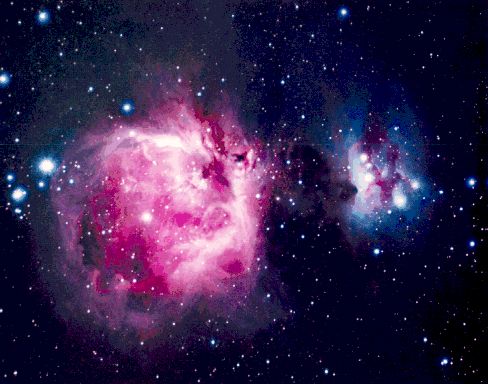
The Orion nebula is an emission nebula -- it glows with its own light. Most of the light in this photo is from Hydrogen Balmer lines. Note, on the left, the same mesmerizing blue-pink color that we saw in class with the Hydrogen emission demonstration.
Orion Nebula (Hubble Space Telescope Image)
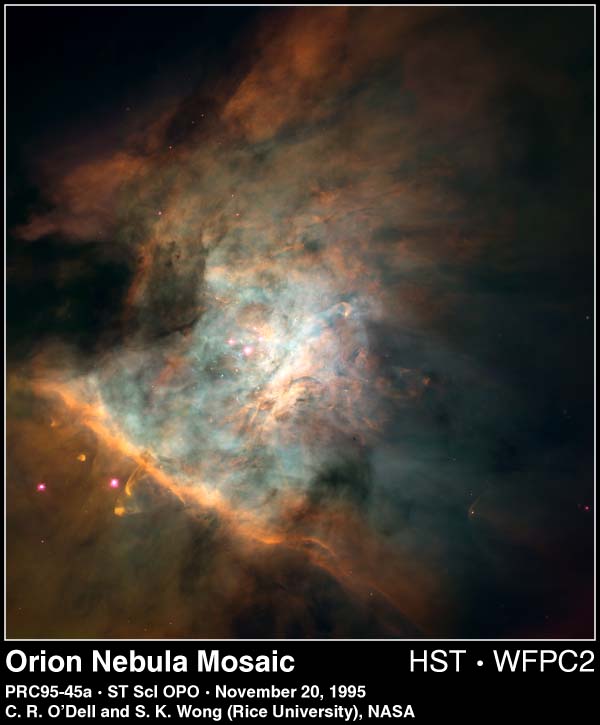
This image demonstrates the extraordinary resolution available through the Hubble.
Pleiades

The Pleiades nebula is a reflection nebula -- it glows with light scattered from nearby stars. In this case the stars are actually embedded within the nebula. The scattered light is blue for the same reason the sky is blue: blue light is scattered more than red light. The Japanese name for Pleiades is "Subaru" -- the car manufacturer took its name from this cluster of stars.
Bok Globules in IC 2944
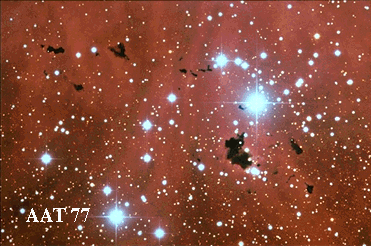
These are examples of dark nebulae -- dust clouds that block the light of stars and emission nebulae behind them.
NGC 281
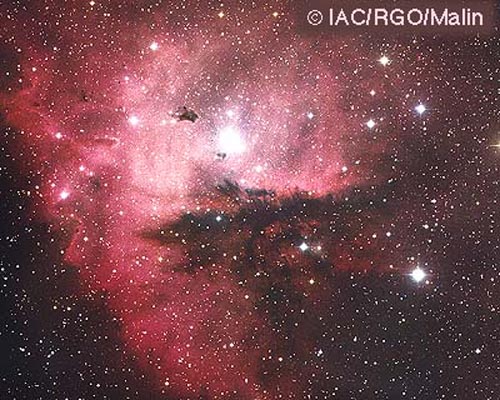
Horsehead Nebula
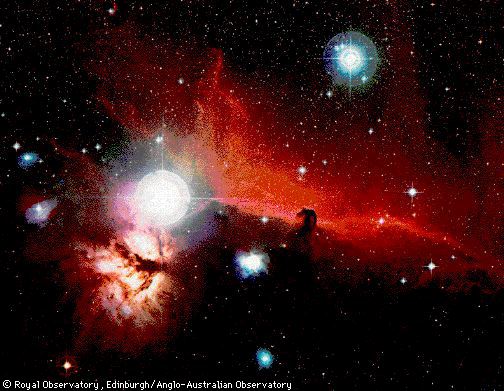
Note that the classification of nebulae into "emission," "reflection," and "dark" nebulae is not always a clean one. Some of the light from the Horsehead Nebula is emitted from the nebula, some is reflected from nearby stars, and some parts of the nebula obscure other parts.
Keyhole Nebula
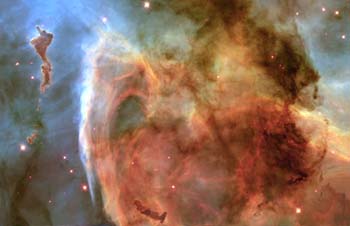
Lagoon Nebula
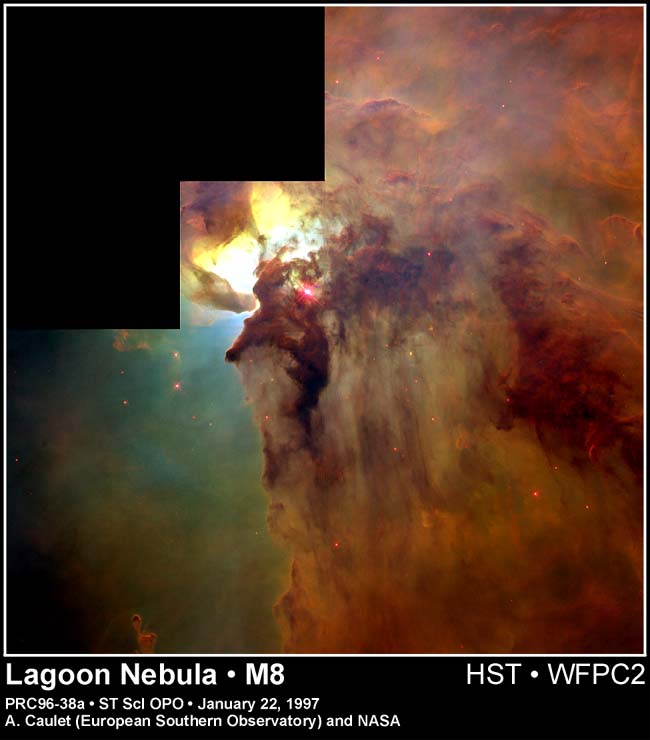
Lagoon Nebula Detail
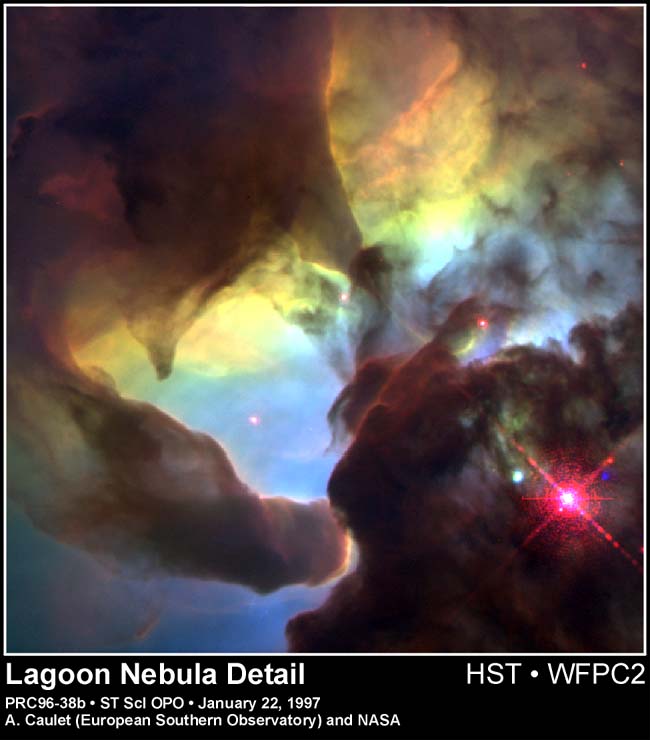
N 81
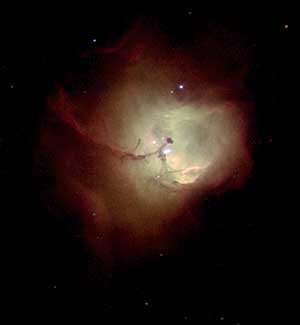
This Hubble picture shows a small nebula named N 81, which lies within the Small Magellanic Cloud, a satellite galaxy of our own Milky Way. For me, this image has the same harmonious, calming quality of the best Chinese prints.